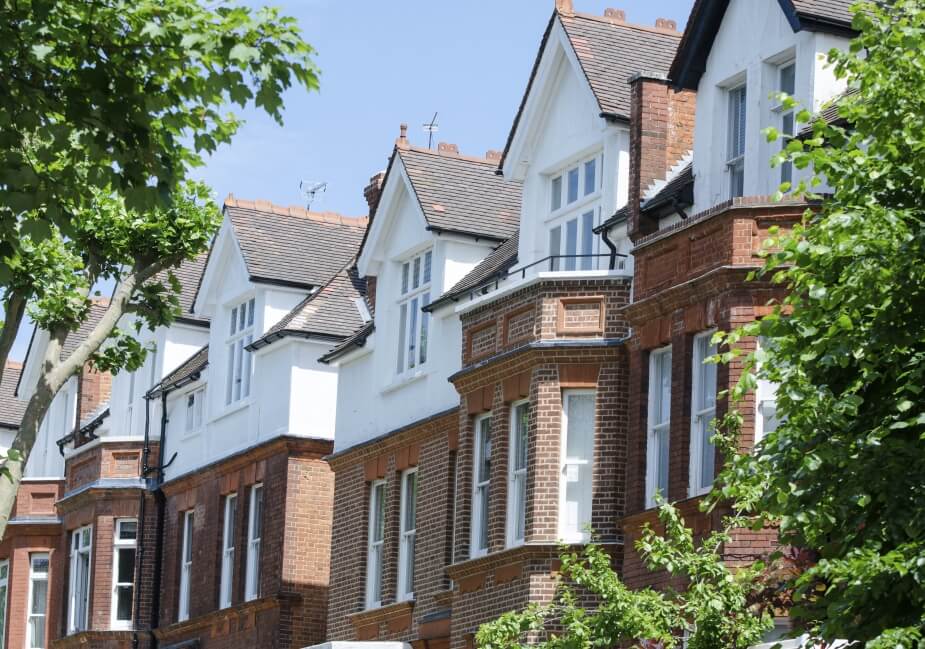Uninsured risks – who is to repair?
Most leases will require the landlord to insure the property with a reputable insurer to the reinstatement value of the property, together with loss of rent for, typically, three years. The full cost of the premium, or an appropriate proportion will be recovered from the tenant. The building insurance will usually cover fire, subsidence, lighting and storm. If the building is damaged or destroyed by one of the insured risks covered by the policy, rent will be suspended, the cost of repair or reinstatement will be met by the insurers and the landlord will be obliged to carry out the reinstatement.
However, not every lease deals with a scenario where the property is damaged or destroyed by a risk that is not covered by insurance (an uninsured risk) and it is now therefore becoming more common for the tenant’s solicitors to include a provision in a lease whereby the tenant’s position is protected when the property is damaged or destroyed by an uninsured risk.
The Code for Leasing Business Premises 2007 (the Lease Code) is the result of discussions between representatives of landlords and tenants and government. The Lease Code provides a framework within which a tenant may expect a landlord to operate, but tenants should not assume that landlords will adhere to the Lease Code.
Rent Suspension
The Lease Code states that rent suspension should apply if the property is damaged by an uninsured risk other than where such damage is caused by an act of the tenant. As mentioned previously, the landlord will be obliged to repair any damage caused by an insured risk. With uninsured risks, however, the landlord will not have this obligation so if the tenant requires to have the property repaired (and in any event if the lease requires the tenant to keep the property in repair), it has to do it at its own cost.
If rent suspension is limited by the period for which loss of rent is insured, the lease should also allow the tenant to terminate their lease if the landlord fails to repair within that period.
The absence of rent suspension and the right to early lease termination, puts the tenant in a position where they run the risk of being responsible for remedying the damage at their own cost and paying rent.
Repairing covenant
If the tenant is granted the right to terminate the lease following damage by either an insured or uninsured risk, the landlord may still sue the tenant for repairs. Therefore, the tenant’s solicitors should protect their client’s position either by modifying the repairing covenant so that the tenant will not be liable to repair the property if it is damaged or destroyed by such a risk, or by adding a provision that the landlord will have no right to sue for a breach of the tenant’s repairing covenant when the tenant serves notice to terminate the lease following such a damage.
For advice on leases, please get in touch.
Please note the contents of this blog are given for information only and must not be relied upon. Legal advice should always be sought in relation to specific circumstances.

